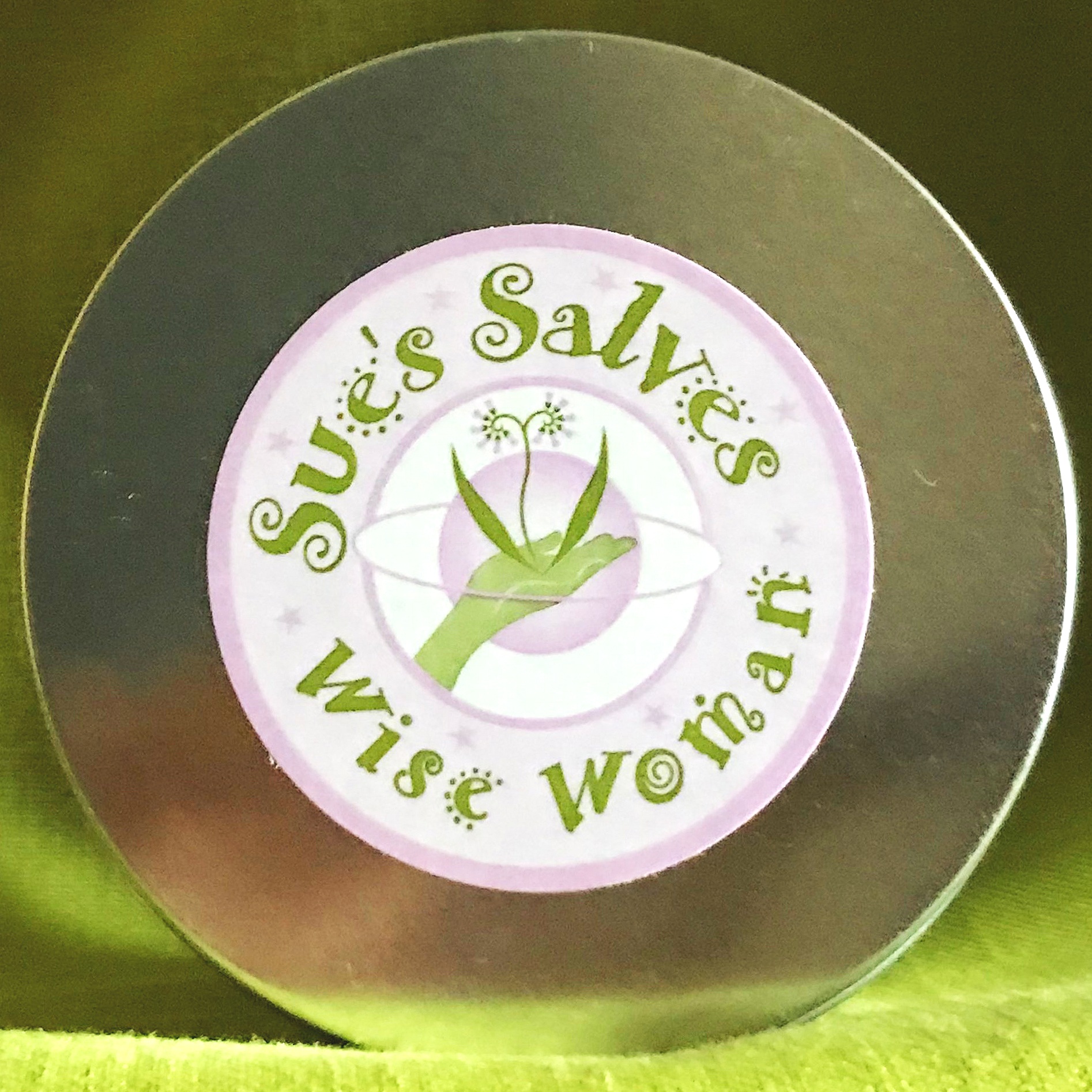Calendula-Flower of the Sun
Calendula-Flower of the Sun
Calendula-Flower of the Sun
All plants have planetary rulers and for obvious reasons Calendula is ruled by the Sun. It’s cheerful, bright yellow and golden orange flowers shine like the Sun, brightening the gardens spirit like a giggling child on a summer’s day. I love calendula for so many reasons beyond its cheering me each time I see it’s lovely flower, beyond the many medicinal and culinary benefits it provides, beyond all its earthly potential, as calendula connects me to the Sun and through this connection I feel a true sense of being alive, and with my interconnectedness to plants I feel an interconnectedness to my own shining spirit.
The Doctrine of Signatures is the judging of a plants benefits by observing its signature, its color, is it yellow then good for the urinary tract (dandelion), its shape, do the leaves resemble skin (comfrey), is it spiky, does it prefer to grow near stones, do it roots resemble bones (comfrey), is it aromatic, smelling of the woods, are the leaves soft or itchy, does the plant just obviously resemble something anatomical?
Calendula, also known as pot marigold, is of the genus Tagetes, plants in the sunflower family, in the family Asteraceae, and according to Wikipedia, calendula is a modern Latin diminutive of calendae, meaning “little calendar”, or “little clock”, so naturally calendula is ruled by the Sun, the clock of our year. She looks like the Sun and grows throughout the Summer well into late Fall.
She is a self-seeding annual, meaning that where her seeds drop she will grow, year after year, even in places you can’t imagine her wanting to sprout, like in the middle of the stones surrounding my fire pit!
Calendula is always a center stage plant in my herbal salves. I wouldn’t think of excluding her.
As calendula blooms repeatedly and continually throughout Summer I am always experimenting with new ways to incorporate the cheerful flower into new remedies and skin care applications. They seem endless. I began in early July picking the flowers from the stems with a scissor at first, then switched quickly to my fingers, pinching off the flower just above the tip of the stem, getting the sticky, lightly scented essence of the plant on my fingers. Heavenly!
I start going through my herbal books gleaning ideas for what to do with a basket full of flowers. Jude’s Herbal Home Remedies recipe for hair rinse for redheads appeals to me. I’ve been out in the sun a lot and would like to brighten what’s left of my greying auburn hair naturally, so I start preparing the recipe for the rinse. Pour 2 cups boiling water over ½ cup calendula flowers. Let stand 30 minutes. Strain off the flowers and use the liquid as a final rinse after shampooing! Repeat often.
I look up 10 Things to Make with Calendula and find Thenerdywife.com and the projects and recipes all look good to me. I already make salve, helpful for healing wounds and soothing irritated skin, and I infuse the oils, helpful for pain and a wonderful anti-inflammatory, and the recipe for the lotion bars look good so I start infusing oil, preparing to make a new product with the freshly picked, sticky flowers (although they do recommend dried flowers). I prefer using them fresh, provided I harvest after the dew has well dried off, usually late on a warm, sunny day, preferably a Sun Day. I infuse the flowers in melted cocoa oil, which I heat over a double boiler, add perhaps another oil like olive oil and let the flowers soak it up for a few hours, longer is fine. After straining the flowers from the oil and heating it in a double boiler, I add melted beeswax to the warmed infused oil, scent it with a few delightful drops of grapefruit or California lemon essential oil and pour it into heatproof silicone candy molds or soap molds. A lotion bar is especially soothing to the skin and easy to carry with you if you keep it in a small jar or bag.
I also tincture calendula as a first defense anti-biotic and antiviral by steeping the fresh flowers in in a glass canning jar filled with grain alcohol (which I have to drive out of Pennsylvania to NY to buy) or in vodka, much cheaper and easier to obtain but less potent, steeping it for at least 6 weeks in a cool, dark place before straining into tincture bottles.
Try to include the calendula petals in your diet as they are deliciously edible, and brighten any dish from a salad to a cake decoration. Show your kids how to play “she loves me, she loves me not” with the petals, a game we played years ago with daisies. There are enough calendula flowers around to always get the answer you desire if you just keep asking.
And let’s not forget about the simple tea you can make by steeping calendula flowers in boiling water, preferably with some aromatic plants like tulsi or mint or lemon verbena. You can just feel the essence of life flow through you when you drink plants as tea.
Calendula marks the beginning of Summer and the end of Fall, reliably growing and reproducing if you continue to deadhead the flowers as they die off. Let the flower get to the seed stage and then just help the seeds off the flowerhead by dropping them into the soil below. A sure way to get more next year.


